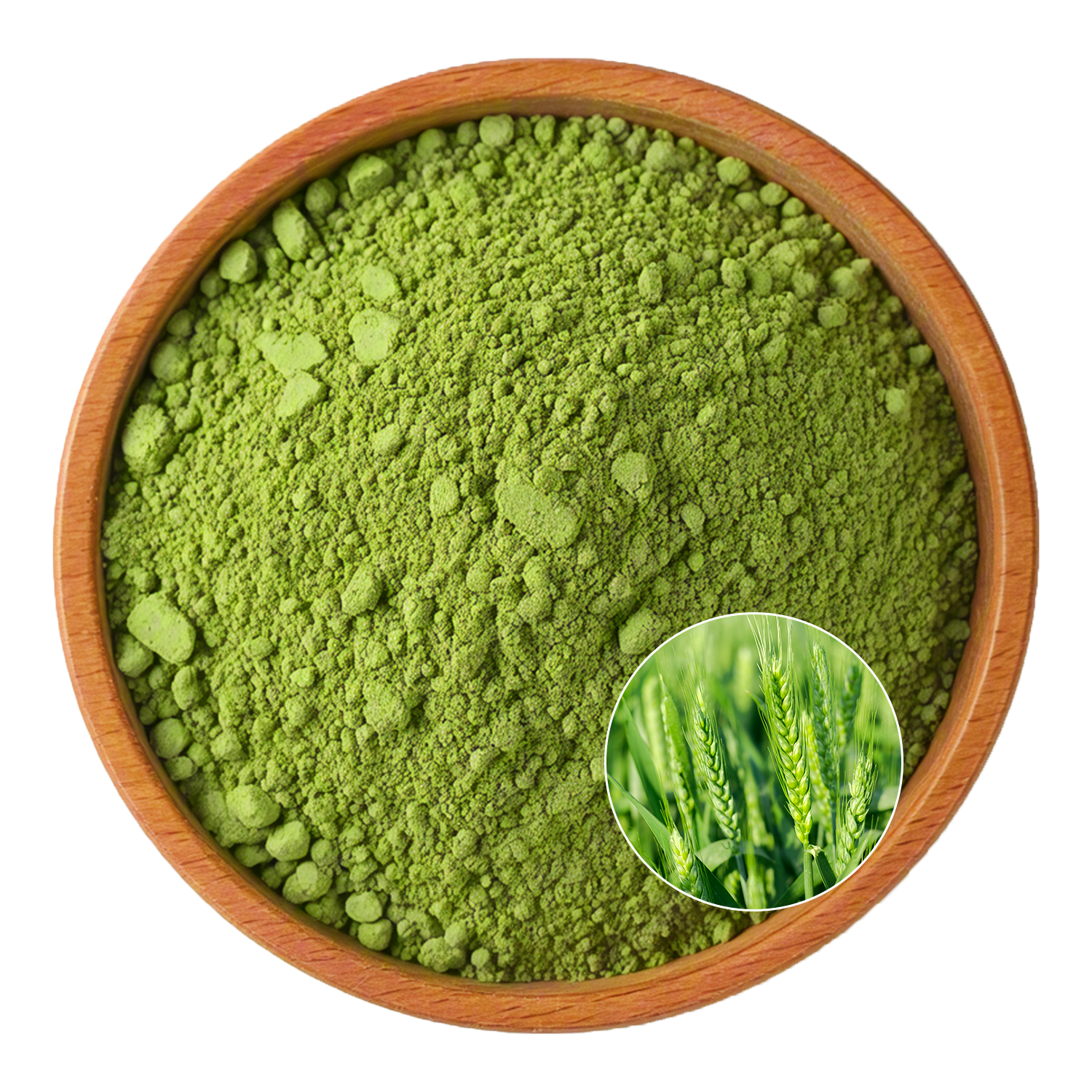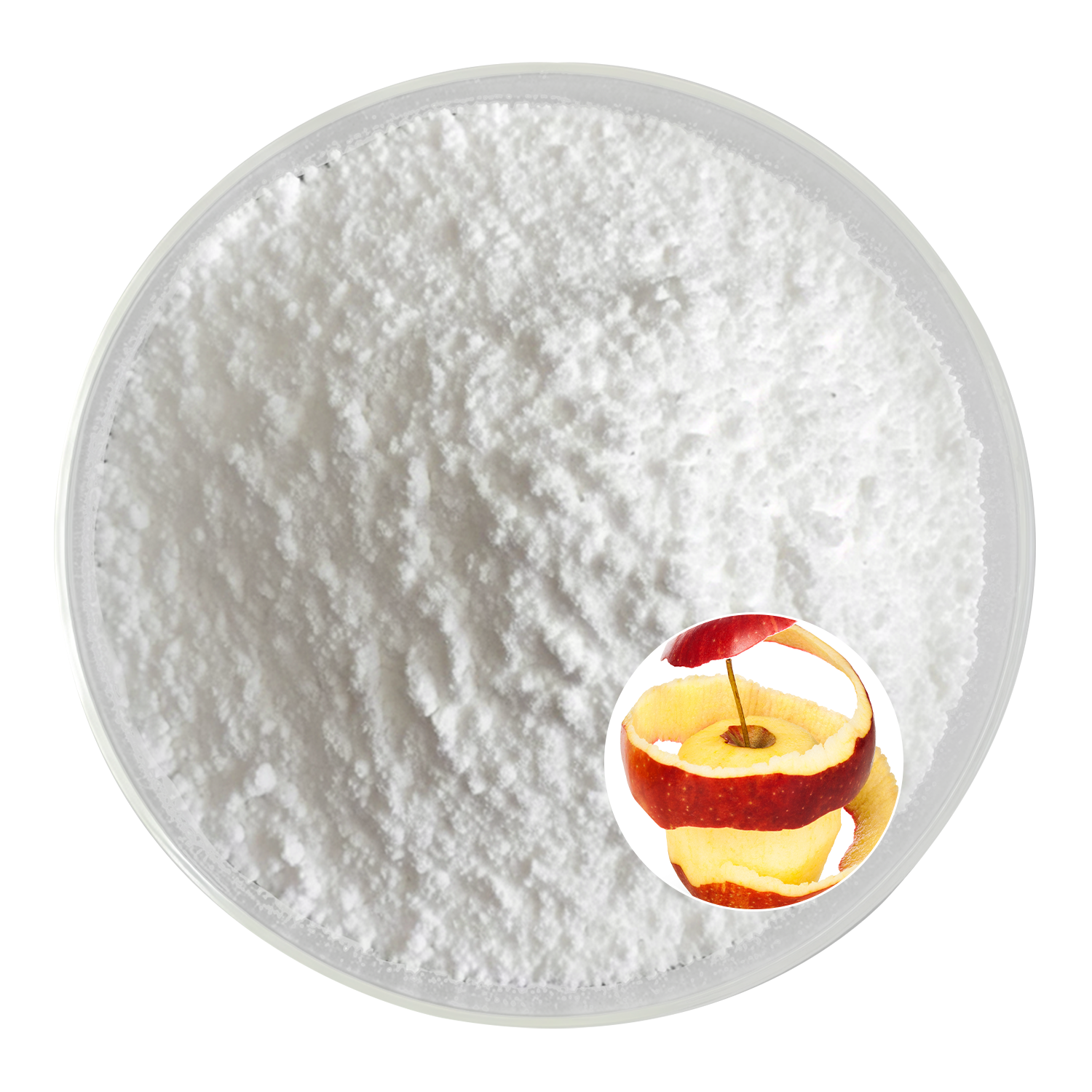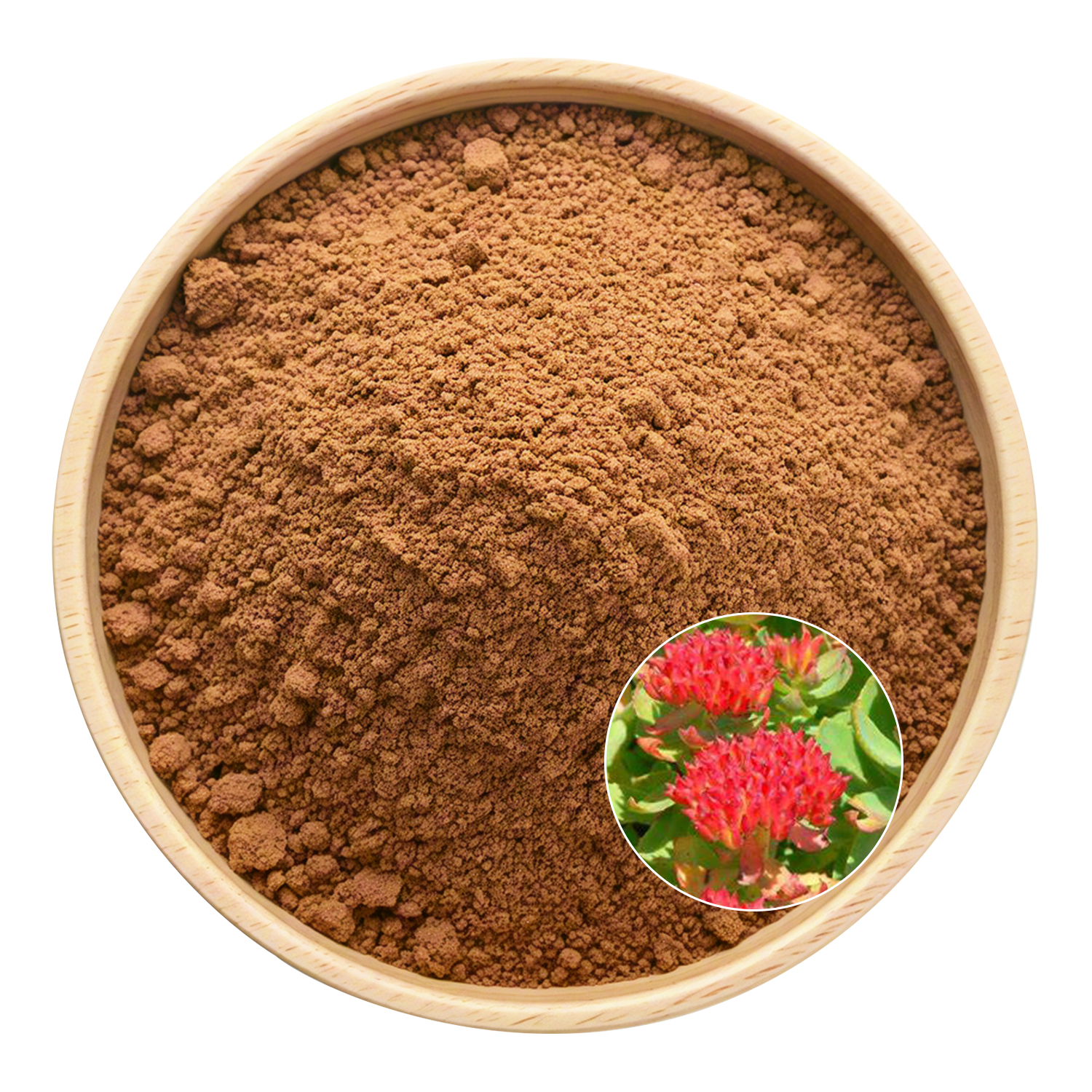
Xi'an Super Supplement Factory
Mobile/Wechat/Whatsapp: +86-15995296643
Email:Cora@durlevel-supplement.com
**Ammothamnine** is a plant-derived alkaloid identified in certain botanical species, though its natural sources and concentration levels remain subjects of ongoing research. As a relatively newly characterized compound, ammothamnine has attracted scientific attention due to its unique molecular structure and potential interactions with biological systems.
**Current Research Findings:**
- **Structural Characteristics:** Early phytochemical analyses indicate ammothamnine belongs to a specialized class of alkaloids, though its exact classification requires further study.
- **Potential Bioactivities:** Limited in vitro and animal studies suggest possible interactions with cellular pathways, though no therapeutic claims can be made without human clinical trials.
- **Research Applications:** Primarily used in laboratory settings for pharmacological studies and as a reference standard for phytochemical analysis.
**Important Considerations:**
1. **Research Status:** Ammothamnine remains in early-stage investigation. No established dosage or approved health applications currently exist.
2. **Safety Profile:** Comprehensive toxicology studies are needed to determine safety parameters.
3. **Regulatory Status:** Not currently approved as a dietary ingredient in major markets (US, EU).
**Scientific Interest Areas:**
Researchers are particularly examining:
- Potential structure-activity relationships with similar alkaloids
- Possible mechanisms of action at cellular level
- Methods for sustainable extraction and synthesis
**Conclusion:**
Ammothamnine represents an emerging compound in phytochemical research that warrants further scientific exploration. Consumers and manufacturers should await peer-reviewed clinical data before considering any applications.
FAQ
 Customer Service
Customer Service
















